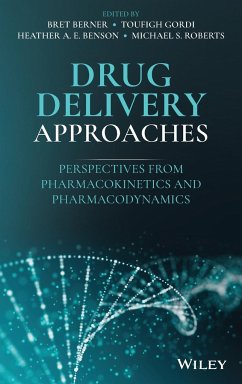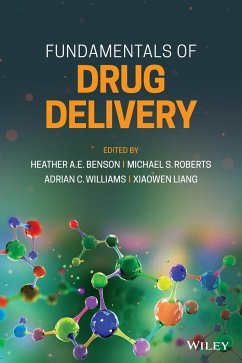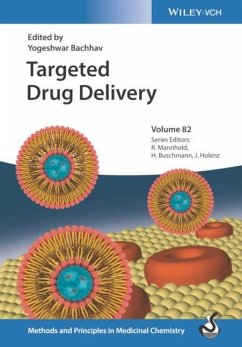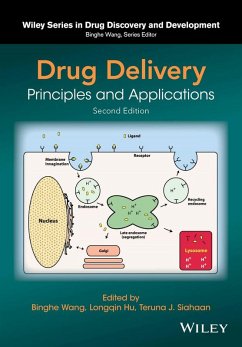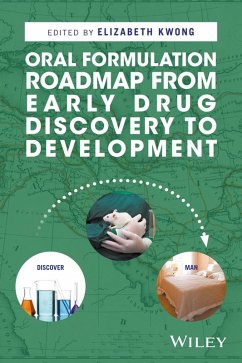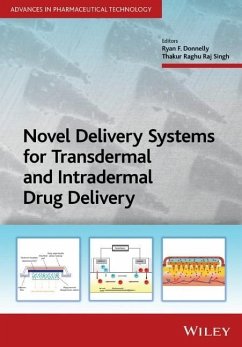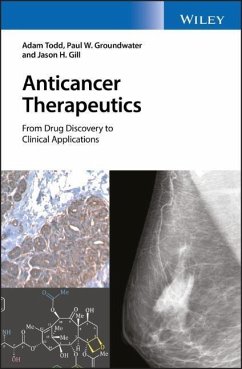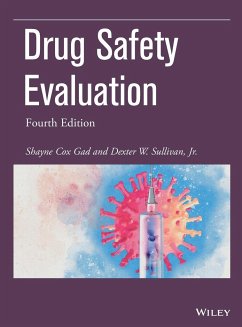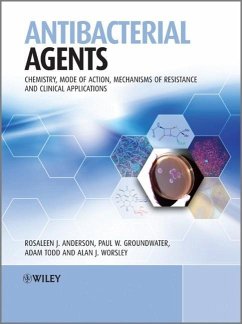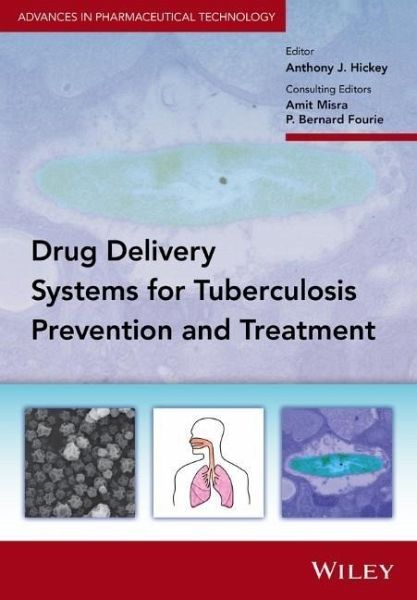
Delivery Systems for Tuberculosis Prevention and Treatment
Versandkostenfrei!
Versandfertig in über 4 Wochen
170,99 €
inkl. MwSt.
Weitere Ausgaben:

PAYBACK Punkte
85 °P sammeln!
Provides a review of novel pharmaceutical approaches for Tuberculosis drugs
_ Presents a novel perspective on tuberculosis prevention and treatment
_ Considers the nature of disease, immunological responses, vaccine and drug delivery, disposition and response
_ Multidisciplinary appeal, with contributions from microbiology, immunology, molecular biology, pharmaceutics, pharmacokinetics, chemical and mechanical engineering
_ Presents a novel perspective on tuberculosis prevention and treatment
_ Considers the nature of disease, immunological responses, vaccine and drug delivery, disposition and response
_ Multidisciplinary appeal, with contributions from microbiology, immunology, molecular biology, pharmaceutics, pharmacokinetics, chemical and mechanical engineering




